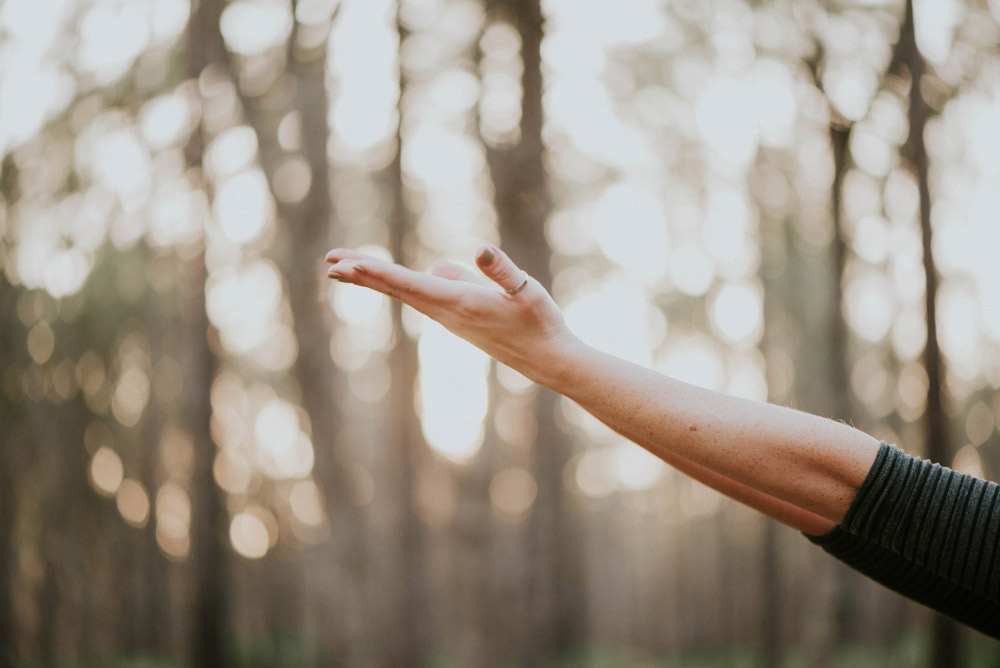The uplifting work of teaching
Teaching projects can lend hope and inspiration to every individual. A woman from Cochrane, Alta., describes her experience taking part in a teaching project in a Calgary neighbourhood last Fall and the impact it has had on her service to the Plan.
In September 2018, I took part in a teaching project in the focus neighborhood of Rundle in Calgary, Alta., for a full weekend. The project was specially conceived to offer opportunities for Bahá’ís from clusters in southern Alberta which must reach milestone 2 by the end of this Five Year Plan in 2021.
Those of us in clusters with sparse Bahá’í populations are contemplating the challenge before us of beginning junior youth groups in neighborhoods or villages, as asked by the National Spiritual Assembly in its April 6, 2018 letter to the Baha’is of Canada. As we make plans for both training and outreach, we can benefit by participating in neighborhoods where the process is more advanced and taking advantage of the learning that has been built up over many cycles of activity.
When I decided to take part in the weekend project, I approached it with some trepidation. I am a senior and find long days of service tiring. I have some fear about outreach, worrying that people will think we’re proselytizing, or lump us in with other faith groups that do so. Instead, what I experienced was uplifting and I did not feel exhausted, but rather energized, by the weekend.
Throughout the weekend, our small group studied sections from Unit 1 of Ruhi Book 10: Building Vibrant Communities, and a concept paper covering subjects like the period of youth, our two-fold moral purpose and the constructive and destructive forces in society. We were encouraged to come up with questions which would engage youth in conversations about these themes. We sang, prayed and prepared for our outreach.
Rundle has been a focus area for many years for the Calgary Baha’i community and has received the benefit of endless hours of volunteer time and resources from Baha’is, young and old alike, including long-term pioneers to the area. I closely observed the approaches of the friends I joined on home visits and learned much about the conversations that they are having with youth and their families. We were doing follow-up visits to people who had been contacted either earlier in the project, or many times in the past. The Bahá’ís introduced themselves as people interested in bettering the neighborhood and the gist of most conversations was to talk about doing this through working with junior youth. The youth we met were invited to explore these ideas at a gathering that evening.
I arrived a bit late that night, having picked up the pizza for supper, and many of the people we had invited were already there. I was keenly interested in the sequence of events that unfolded, which illustrated to me the wisdom portrayed in the seamless flow of the program.
We began by introducing ourselves and then had dinner. This was followed by a two-minute portion early in the film Light to the World, which clearly states that Baha’u’llah has brought the Teachings for today. There was no hiding the source of the program as the host then stated that the junior youth program is inspired by these Teachings and welcomes the contributions of all people. He asked the youth to share, from their own religious or family backgrounds, what encourages them to contribute to the betterment of society. Friends with ancestry from Sudan, Somalia, Philippines, China, Lebanon, the Congo, and Canada, and of Christian, Muslim and no declared faith shared teachings that inspire them to contribute. This created a warm feeling of inclusion.
The group then studied part of the July 2013 message of the Universal House of Justice to the worldwide youth conferences. A slideshow was shared, showing photos from junior youth activity in Rundle over several years, including photos of study, service and art projects. We talked about the training process and the role of the animator. The youth were then invited to a youth retreat the coming weekend in Okotoks, Alta., to study the youth conference materials. At the end we played a fun game and there was socializing. No one seemed to want to leave.
I was struck by the depth of the friendships that have been formed over time between those who are serving in Rundle and those who are now participating in the community-building process. A line in Ruhi Book 10: Building Vibrant Communities aptly describes these friendships: “When we walk the path of service together, our hearts should be filled with tender emotions for one another.” I felt the level of unity, love and inclusion that has been developed and to which all of our clusters can aspire.
Another aspect of learning for me was how systematic the service has become. The friends keep lists of all the people they meet, who has visited them, the nature of the conversations, and the next steps. On Sunday, we visited the youth and their families again, as well as some youth who had not been home on Saturday, to give details of the retreat and leave a registration form for them to fill out. There would be further visits that week and another youth evening before the actual retreat.
I was only involved with the project for two days, but left inspired by the spirit of sacrifice, love, and commitment to learning displayed by the friends, and also by how much I had learned. This service is ongoing, so if you have a similar opportunity, I warmly encourage you to seize it!
— Pat Verge from Cochrane, Alta.
Category: Community life









